Reception
For SAW week we have been exploring the ocean! Our topic this half term is ‘Around the world’ so we started by looking at the Earth and discussing continents and oceans. We found there were 7 continents and 5 oceans! We focused on the continent of Oceania (sometimes called Australasia) and looked at the Great Barrier Reef. We talked about how to look after the ocean and how important it is to recycle and look after the planet. We learnt the names of sea creatures, and found out facts about them, as well as making up stories with the small world sea creatures. For the Art part of SAW we make bubble paintings of the ocean and collages. We conducted a Science experiment where we discovered that ocean water is salty and this can effect on whether things float or sink. We predicted and then experimented to see what would happen to different objects in water with no salt, a little salt and a LOT of salt. We also did some excellent writing about ocean creatures!
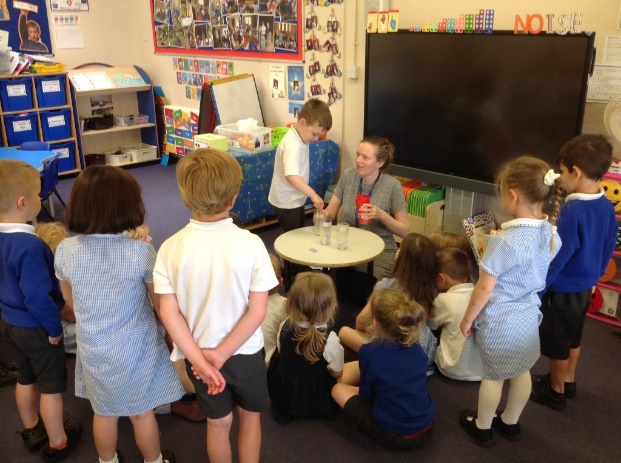

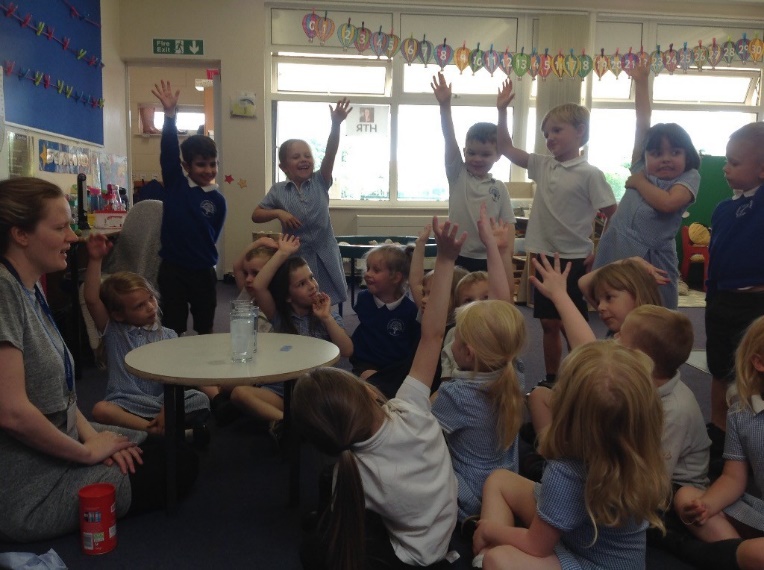
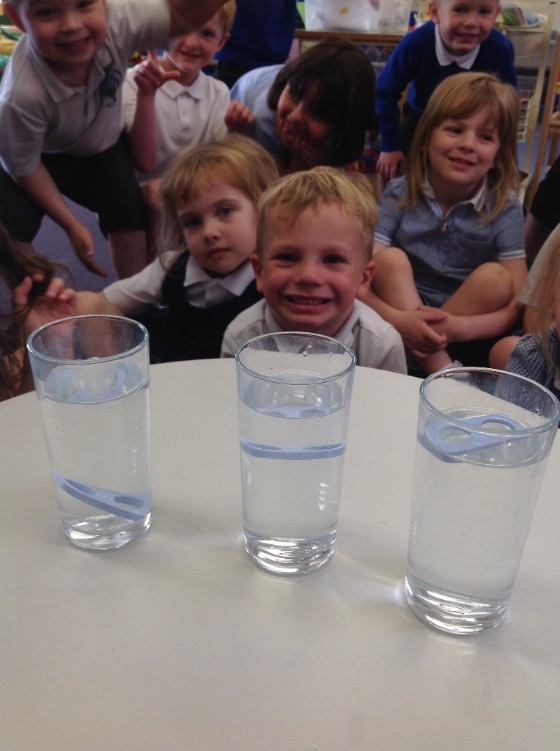
Year 1
The children really enjoyed participating in activities this week for SAW week. They loved learning about different trees, and even had a go at matching the different trees to their leaves! They went exploring outside and even made friends with a tree (this helped them with their writing the next day). The children collected lots of leaves from outside and made some leaf rubbings using crayons and paper. They then cut around their leaves and collaged them to make their own tree! Some children even had a go at doing bark rubbings, even though it was windy outside.
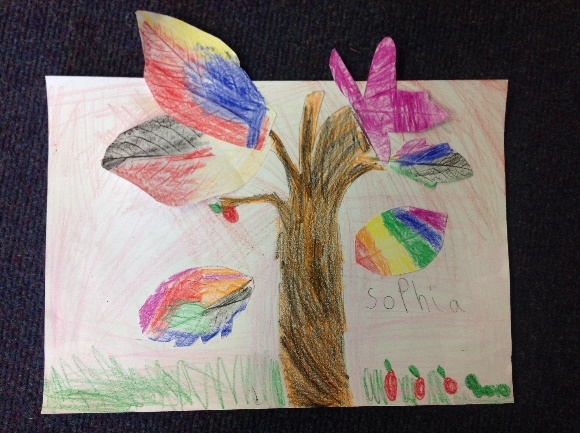

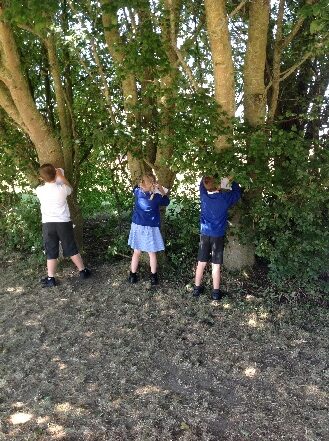
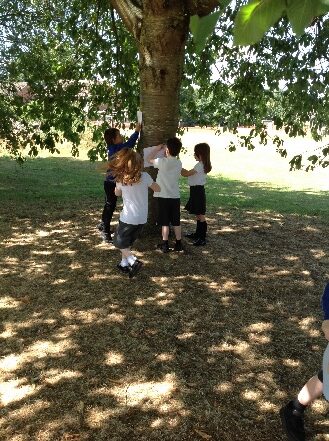
When writing the next day the children described their tree! They were very imaginative, coming up with lots of different adjectives to describe their new tree friend.
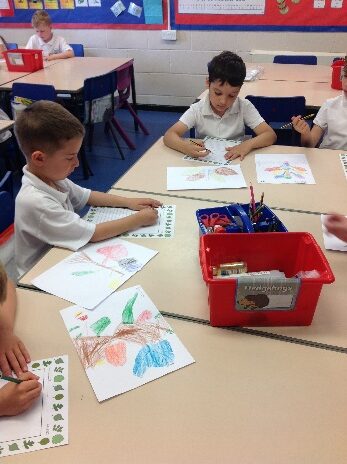

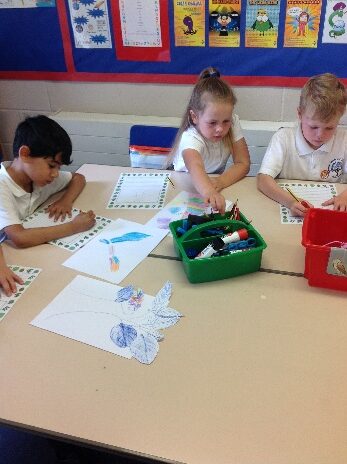
The children loved this week, and had lots of insightful and interesting ideas, well done Year 1!
Year 2
For our SAW activities, year 2 looked at local insects and focused on three insects that are only found in Norfolk. They learnt all about swallowtail butterflies, Norfolk hawker dragonflies and pond mud snails. The children learnt all about the habitats of their chosen insect, what they eat and where they can be found. Using this knowledge they wrote their own cinquain poems which were decorated with collage art representing their chosen insect.
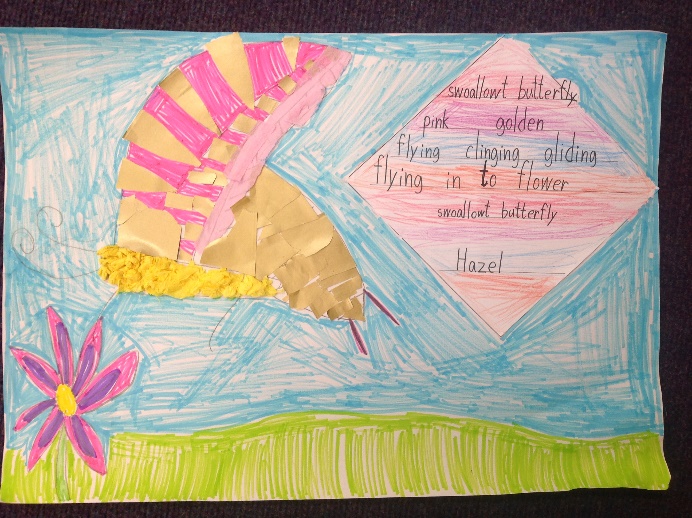
This all tied in fantastically with their habitats learning at Pensthorpe at the end of the week!


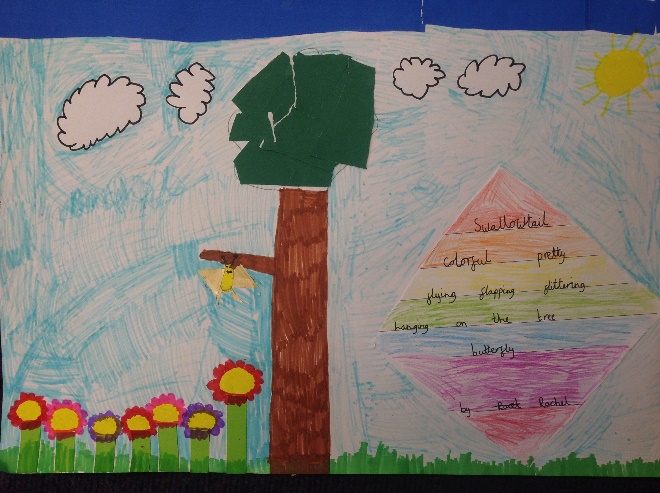
Year 3
We really enjoyed SAW week (Science, Art & Writing) in year 3 where we learned about the undersea world including plankton. We learnt about their role in food chains and how complex food chains can be! We then wrote plankton shape poems in our English lessons, considering language choices to enable the reader to visualise the magical vision of bioluminescent plankton we had watched recordings of. We finished the week by creating an interactive under the sea volcano painting which ‘erupted’ when squirted with vinegar using a pipette because of the hidden bicarbonate of soda in the paint!


Year 4
Year 4 had such fun during SAW week. First, we looked at some fascinating close-up images of yeast cells. We used scrunched up newspaper and shaped them into the shape of a yeast cell. We then covered the yeast structure in PVA glue and tissue paper so it looked like the false-colour images we had seen.
On our second day, we learned that yeast eats sugar and produces carbon dioxide. We wanted to test this, so poured dried yeast, water and sugar into a bottle. We used a balloon to test whether any carbon dioxide was produced. The balloon inflated, showing us that yeast produces carbon dioxide!
On our third day, we wanted to write a poem about what we have learned, seen and smelled about yeast!





Year 5
This year, Year 5’s theme for SAW week focused on Greenhouse Gases.
For science, we learnt about the two main gases that make up the air around us (Nitrogen and Oxygen). The children now understand that carbon is in all living things – including themselves, which they found interesting! After we discussed the different types of gases in our atmosphere, we conducted an experiment. This explored the difference between the effects of a melting iceberg and the melting of glaciers on land to explore the relative effects on sea level rise. The children ensured that they kept the test fair by measuring the water and ice cubes, which made good links with our recent maths unit. Our findings revealed that the tub with the ice cubes that were placed on land saw the greatest sea level rise while the other did not rise. This is because glacier ice is mostly sitting on land, so when it melts it runs into the sea, causing the sea level to rise.
For art, we made a 3D model of planet Earth using papier-mâché. The children absolutely loved this activity! After they dried, the children added the different continents onto their planets.
During our writing session, Year 5 published some outstanding poems all about Planet Earth. Some children opted to write a haiku poem, free-verse poem or an acrostic. We were really proud of the final product, well done!





Year 6
As part of the year 6 SAW project, we looked at the adaptations of marine creatures and the ocean as an environment.
We started off by learning the names of the oceans of the world and thinking about the negative impact of human behaviour on ocean habitats such as coral reefs. We discussed pollution within our oceans and what we can do to make a difference. We learnt amazing facts about sharks – did you know that they actually don’t have a skeleton? We produced some leaflets to persuade people to look after our sharks and protect their species. Following this lesson, we learnt about the different layers of the ocean and the creatures that live in each one and created a collage to display this information. The children created some ‘top trumps’ style cards using their new knowledge of marine creatures. The children focused their categories on: body size, weight, depth, life span and number of species left. They really enjoyed playing against each other and winning cards! We also painted some ocean creatures, using dots in the style of aboriginal art.
The children in year 6 all thoroughly enjoyed their week and were more aware of the oceans as ecosystems on our planet, and the threat they are under.




